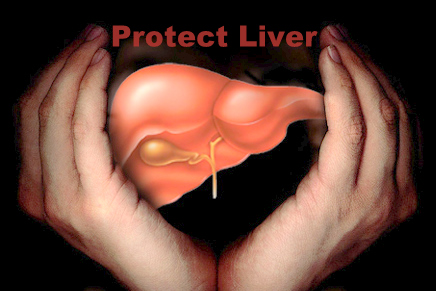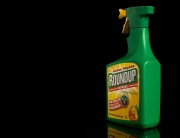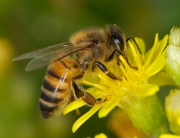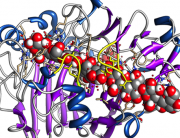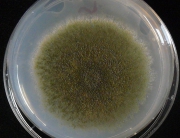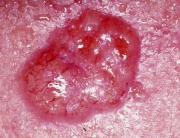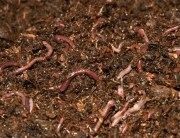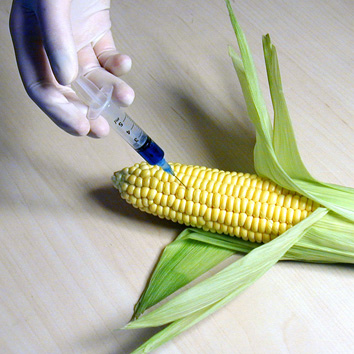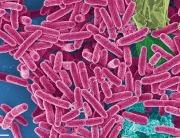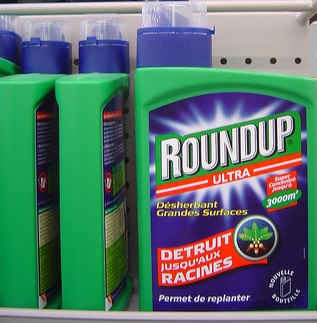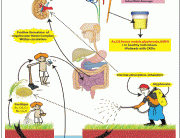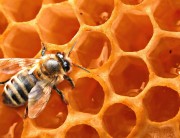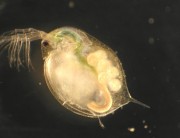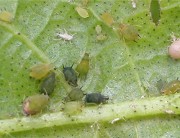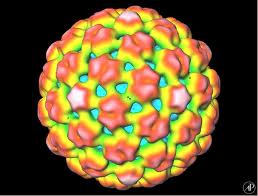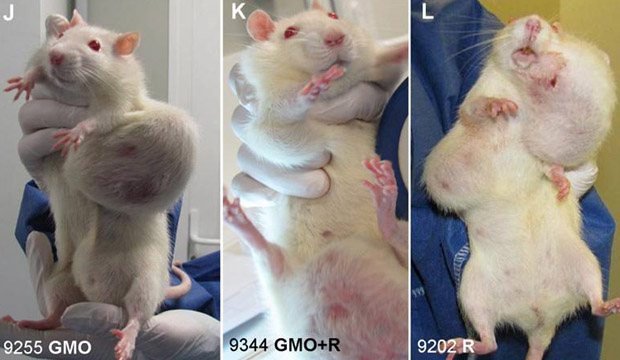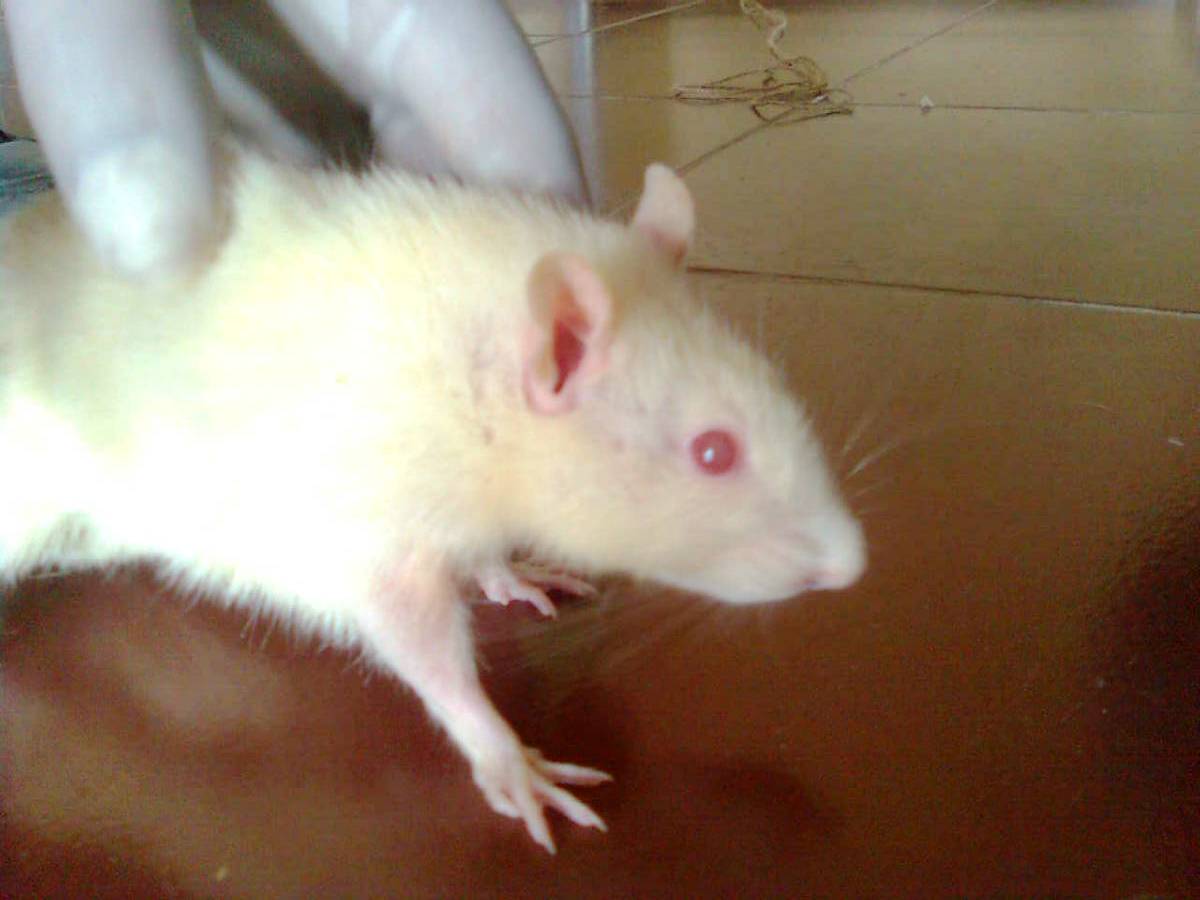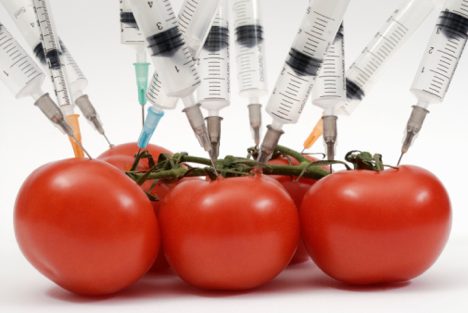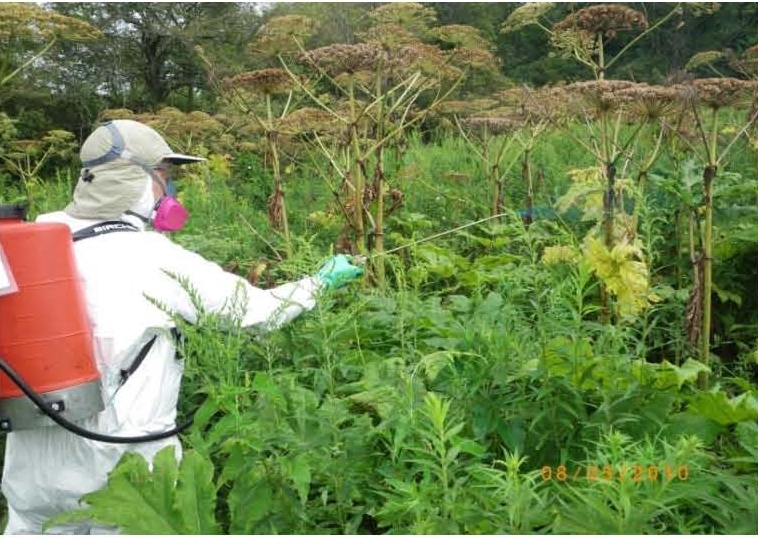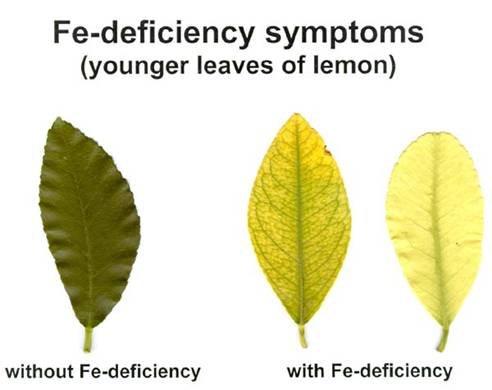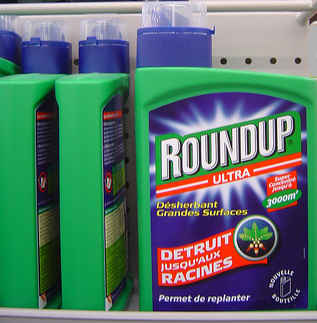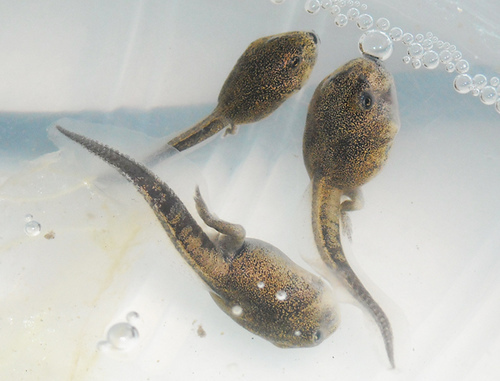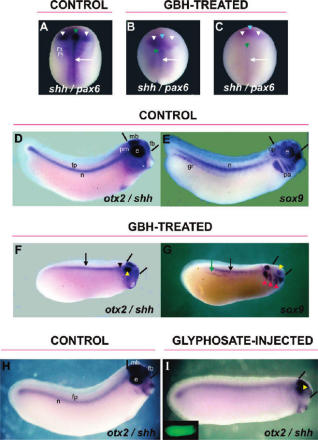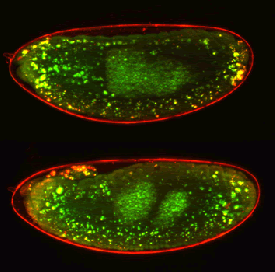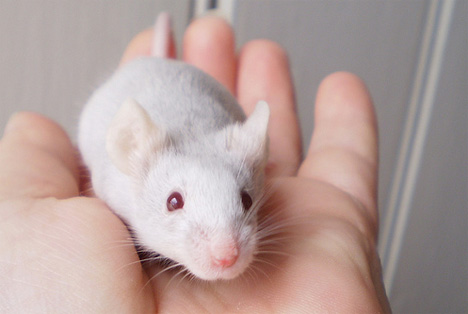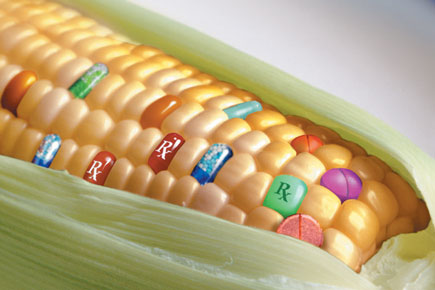All the four Roundup formulations used in this University of Caen study provoked liver cell death, with adjuvants having stronger effects than glyphosate alone.
Source: occup-med.com
ABSTRACT
Background
Worldwide used pesticides containing different adjuvants like Roundup formulations, which are glyphosate-based herbicides, can provoke some in vivo toxicity and in human cells. These pesticides are commonly found in the environment, surface waters and as food residues of Roundup tolerant genetically modified plants. In order to know their effects on cells from liver, a major detoxification organ, we have studied their mechanism of action and possible protection by precise medicinal plant extracts called Dig1.
Methods
The cytotoxicity pathways of four formulations of glyphosate-based herbicides were studied using human hepatic cell lines HepG2 and Hep3B, known models to study xenobiotic effects. We monitored mitochondrial succinate dehydrogenase activity and caspases 3/7 for cell mortality and protection by Dig1, as well as cytochromes P450 1A1, 1A2, 3A4 and 2C9 and glutathione-S-transferase to approach the mechanism of actions.
Results
All the four Roundup formulations provoke liver cell death, with adjuvants having stronger effects than glyphosate alone. Hep3B are 3-5 times more sensitive over 48 h. Caspases 3/7 are greatly activated in HepG2 by Roundup at non-cytotoxic levels, and some apoptosis induction by Roundup is possible together with necrosis. CYP3A4 is specifically enhanced by Roundup at doses 400 times less than used in agriculture (2%). CYP1A2 is increased to a lesser extent together with glutathione-S-transferase (GST) down-regulation. Dig 1, non cytotoxic and not inducing caspases by itself, is able to prevent Roundup-induced cell death in a time-dependant manner with an important efficiency of up to 89%, within 48 h. In addition, we evidenced that it prevents Caspases 3/7 activation and CYP3A4 enhancement, and not GST reduction, but in turn it slightly inhibited CYP2C9 when added before Roundup.
Conclusion
Roundup is able to provoke intracellular disruption in hepatic cell lines at different levels, but a mixture of medicinal plant extracts Dig1 can protect to some extent human cell lines against this pollutants. All this system constitutes a tool for studying liver intoxication and detoxification.
Authors
Céline Gasnier, Nora Benachour, Emilie Clair, Carine Travert, Frédéric Langlois, Claire Laurant, Cécile Decroix-Laporte and Gilles-Eric Séralini





